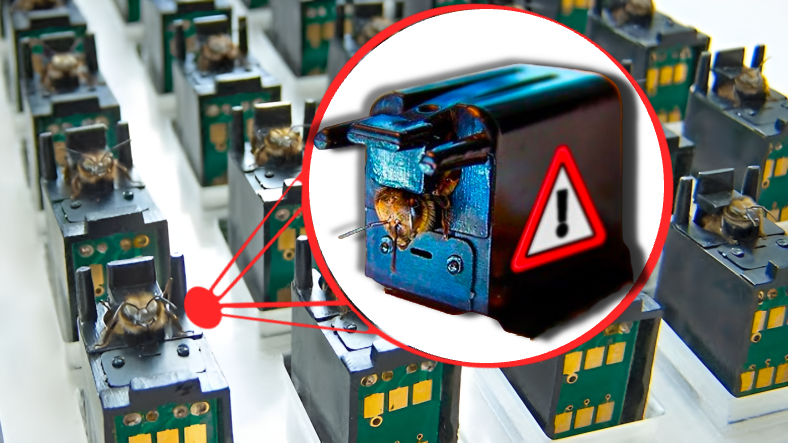These animals have a tremendous sense of smell, and in fact their ability This allows various chemicals and explosives to enter their radars. Naturally, honey bees undergo gradual training for this task and by the end of the process they become experts.
What is the honey bee education process and how does it proceed? What is behind these talents of theirs?
Honeybees are very adept at detecting chemicals in the air and therefore play an important role in detecting explosives.
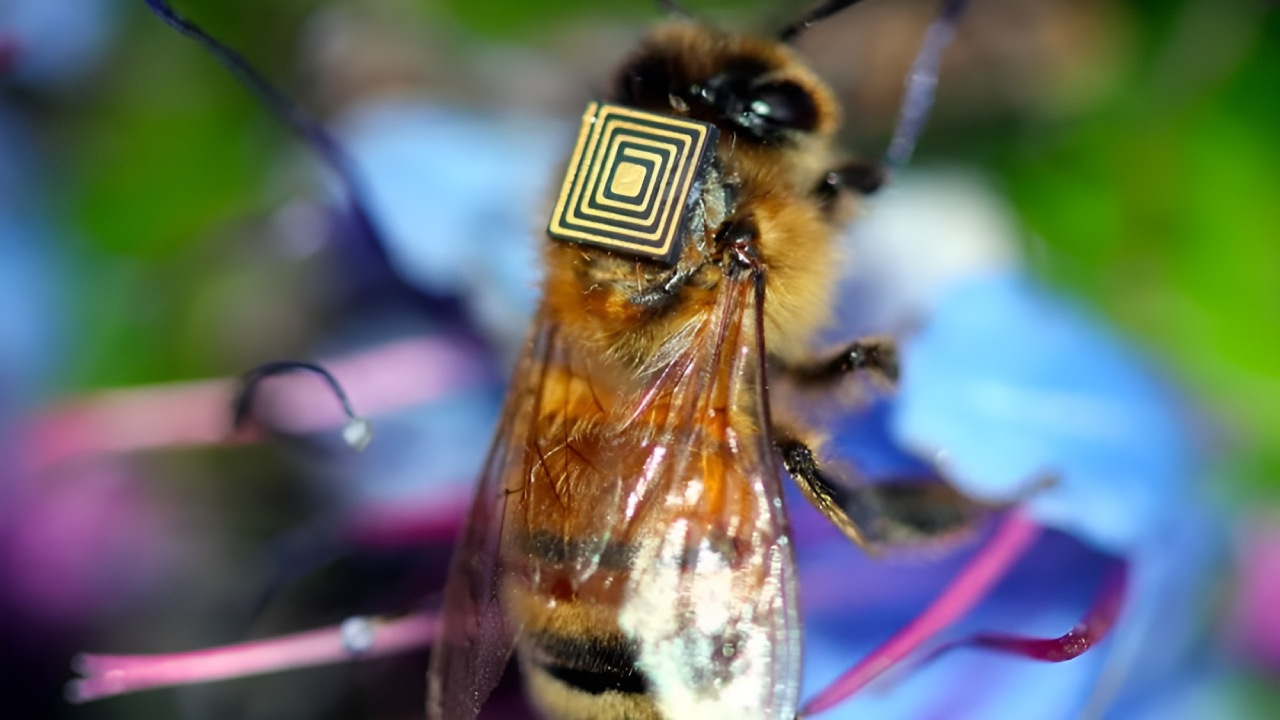
This journey of honeybees, It starts with them removing explosives from their casings.. The bees are safely collected in a chamber before being transported to the laboratory. Portable devices designed specifically for this staging area are used.
This first step essentially allows the bees to prepare for the training needed to become detection experts. Before the training starts They need to be cooled to slow their movements.
This is necessary to facilitate handling during the operation of the harness.
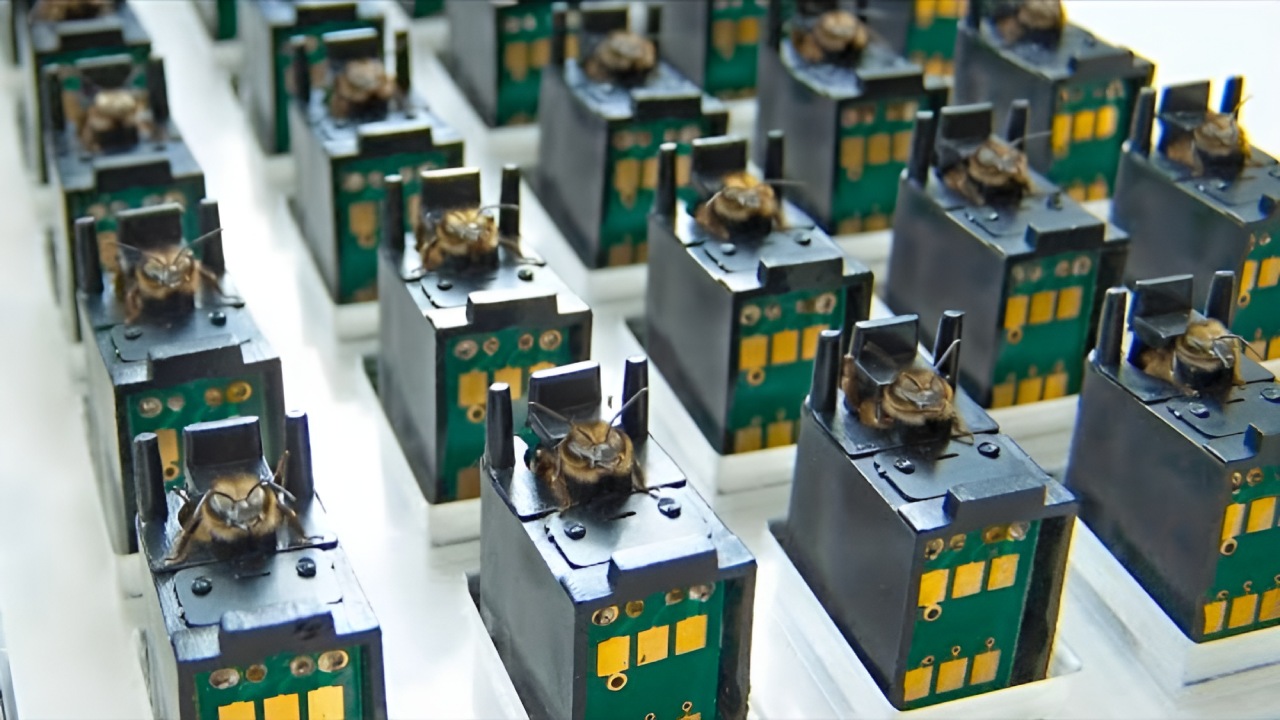
Chilled bees are placed in harnesses and given time to adapt to their new environment. Because placing each bee one by one is a tiring task for experts, laboratories automatic bee loading machines that simplify the process has developed.
These machines capturing bees and forcing them to enter a cylinder one by one Allows. The cylinders are then dropped into a loading tube, each bee is gently pushed into the harness and its position recorded.
Training honey bees to detect explosives is essentially the same as the conditioning principles used in other animals.
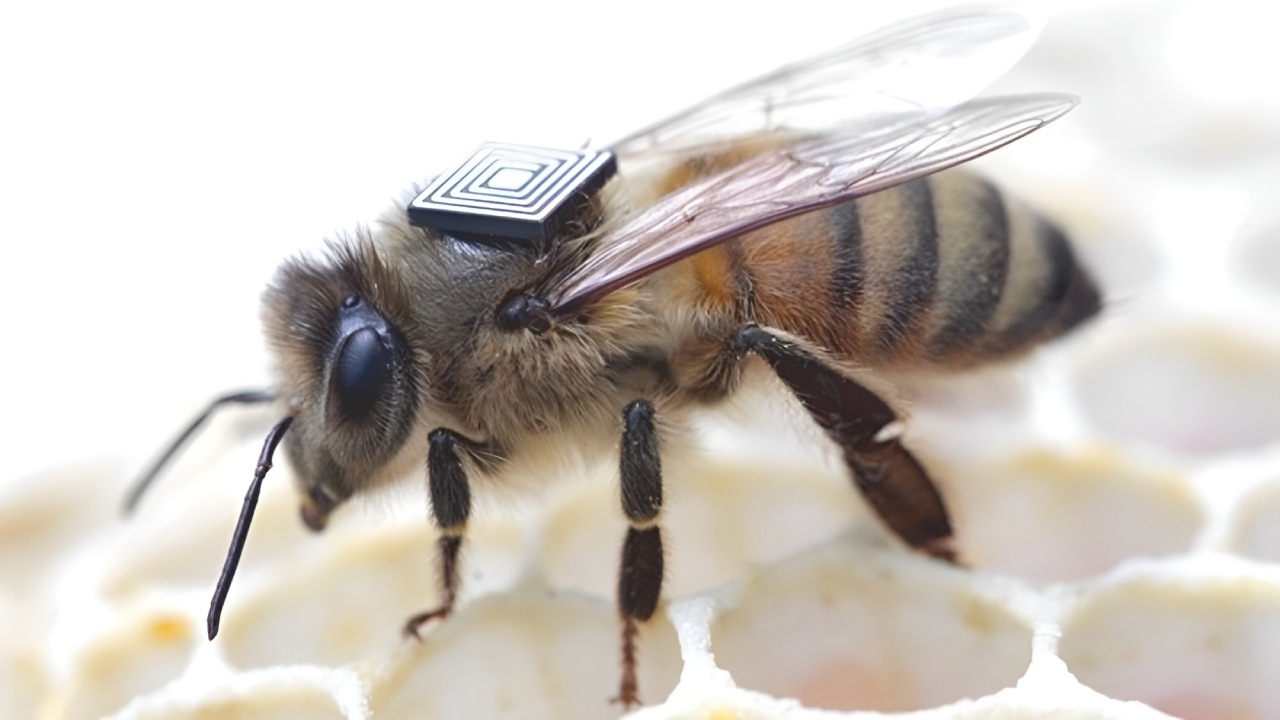
Bees are exposed to a neutral stimulus and then offered food. This process creates a relationship between the stimulus and the outcome. It allows bees to recognize and respond to the specific scent they have been trained to smell.
Although honey bees do not salivate like dogs during this training, Their proboscis, or tongue, plays an important role as a tasting instrument. In fact, bees’ proboscis extension reflex is a critical skill test that determines whether they are suitable for training.
Honey bees that successfully demonstrate the proboscis extension reflex when presented with sugar water on a stick enter the training phase.
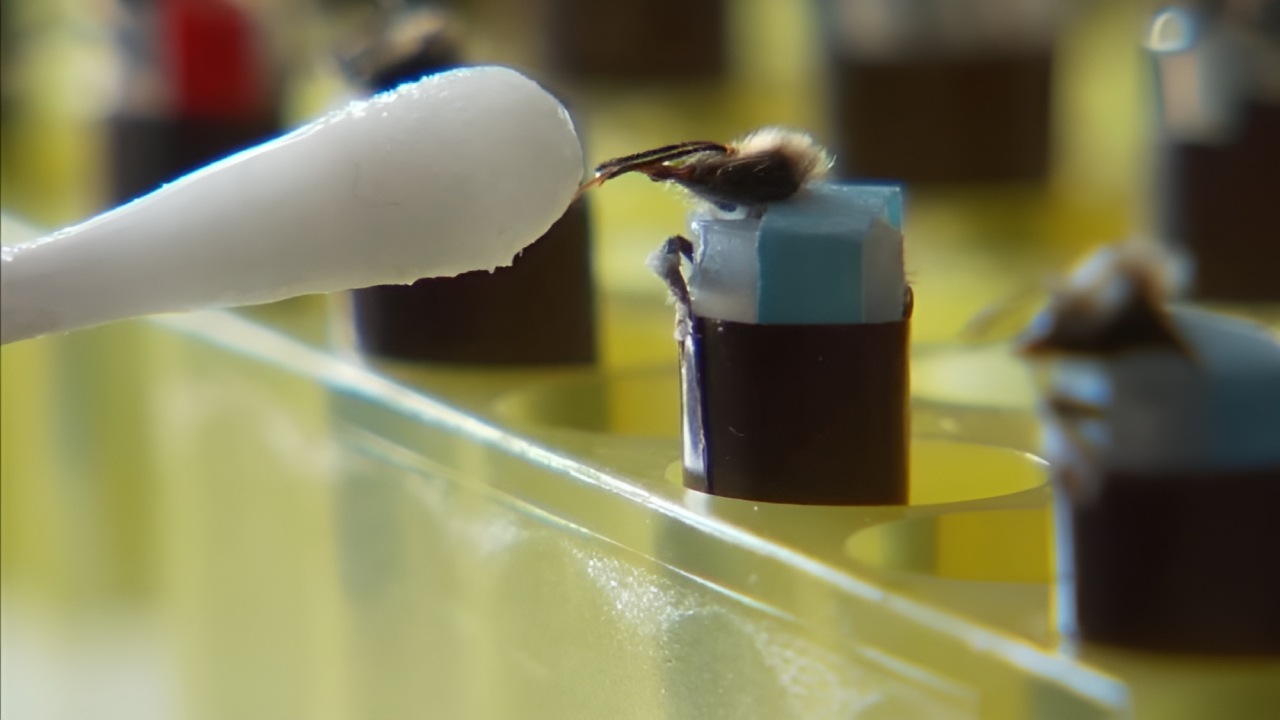
Furthermore, this training, while creating a feeding mechanism for them, can be automated by exposing them to explosive fumes. This relationship between scent and reward helps bees understand the task.
Similarly, after a few rounds of training, bees voluntarily exhibited the desired reflex when encountering the odor of explosives. is now considered ready for field work.
To determine how successful honey bees are in this training, their responses must be monitored.
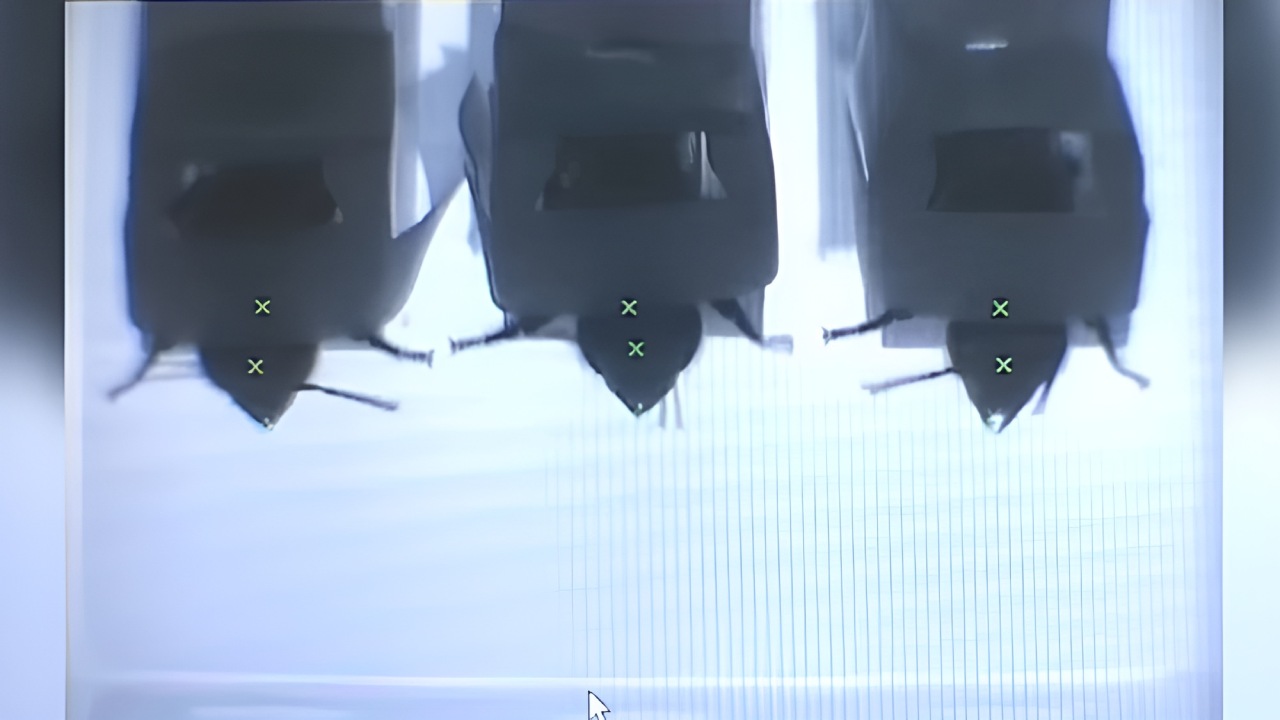
Two different methods are generally used for this monitoring. The first of these are those bees It is the use of cameras to capture close-up images. Computer vision algorithms are then used to interpret the bees’ proboscis extension response to determine if explosive detection has occurred.
In the second method, any honey bee Infrared LEDs are placed in front of it and light sensors detect whether the honeybee’s tongue is extended or retracted.
Once the honey bees are trained, their sensing abilities are harnessed using a hand-held sensing device.
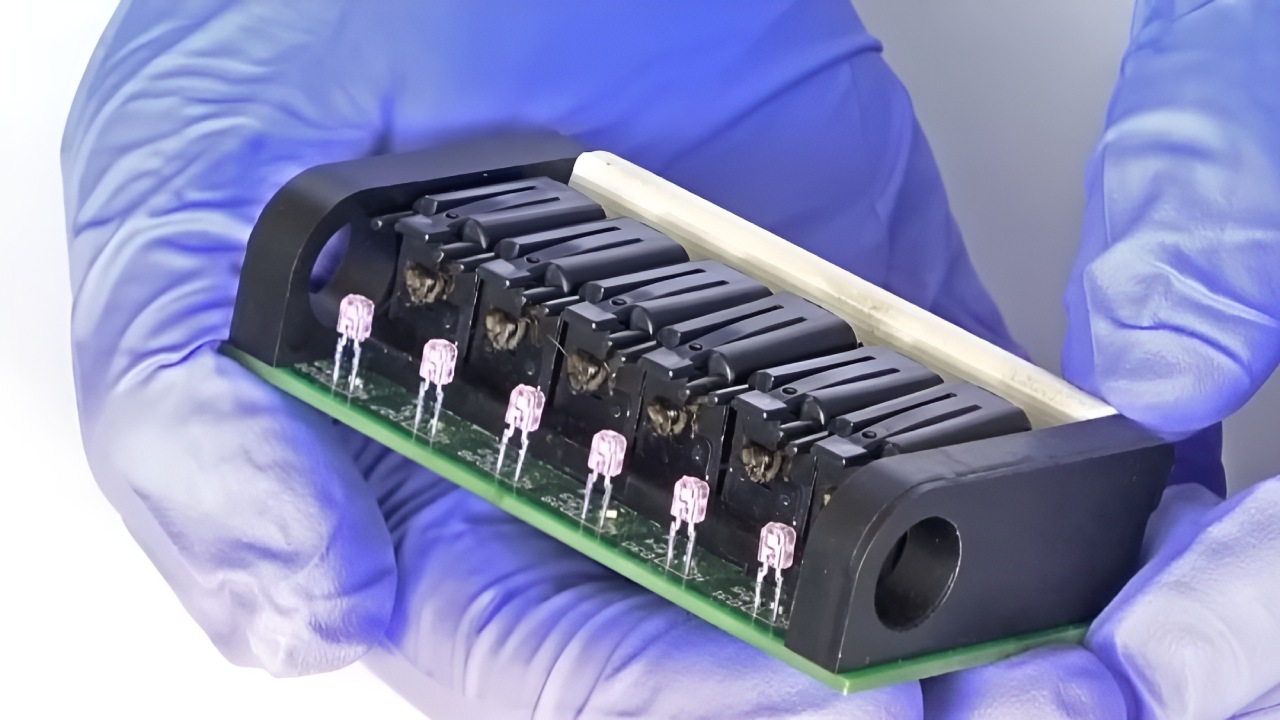
There are as many devices monitoring them as there are bees, and so are these animals is exposed to air samples from the target area. In other words, as each bee extends its tongue to indicate the presence of explosives, the color of the appropriate square on the display screen changes.
Using honeybees for explosives detection offers several advantages over other methods.
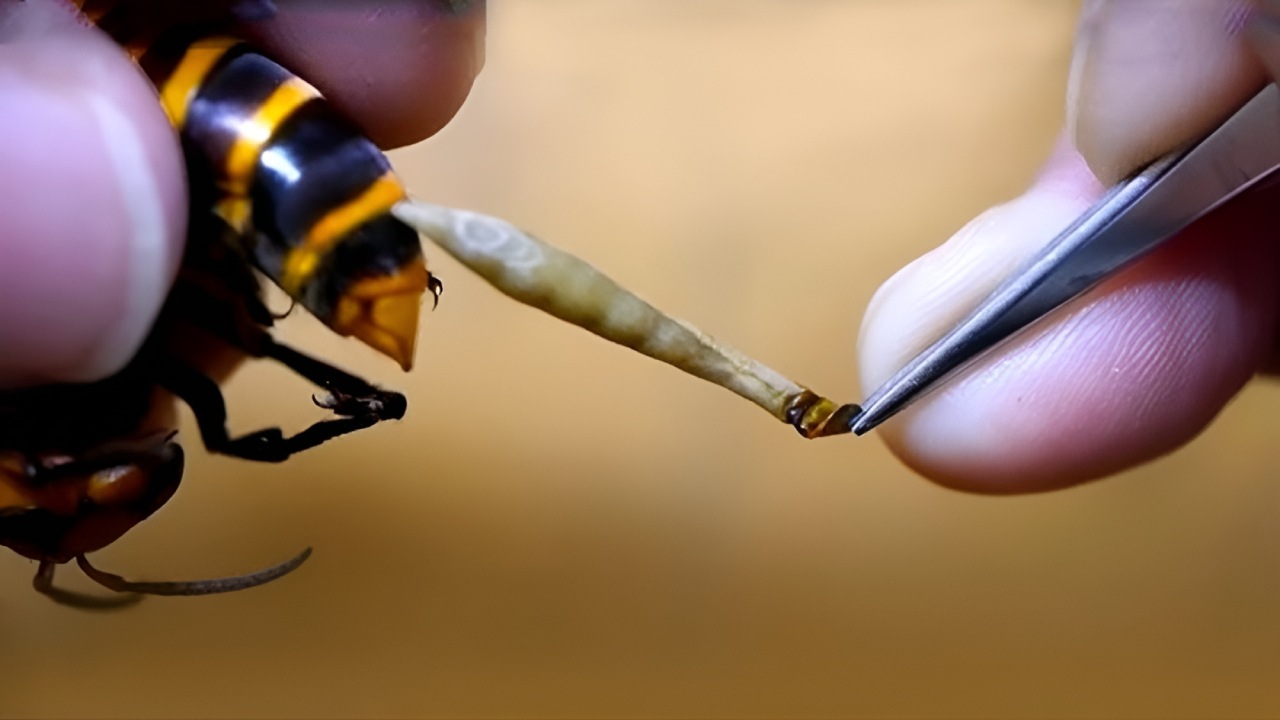
For example, unlike sniffer dogs, honey bees can be trained in a few hours instead of months Significantly reduces training costs and time. Again, the maintenance costs of these animals are lower than most animals, and sugar water alone is sufficient as a reward.
In addition, the small size of the honey bees makes it possible to reach areas inaccessible to humans and larger animals. Theirs again their extraordinary ability to smell and withstand harsh conditions, This makes honey bees very valuable assets in the detection of explosives.
At this point there are both advantages and disadvantages.
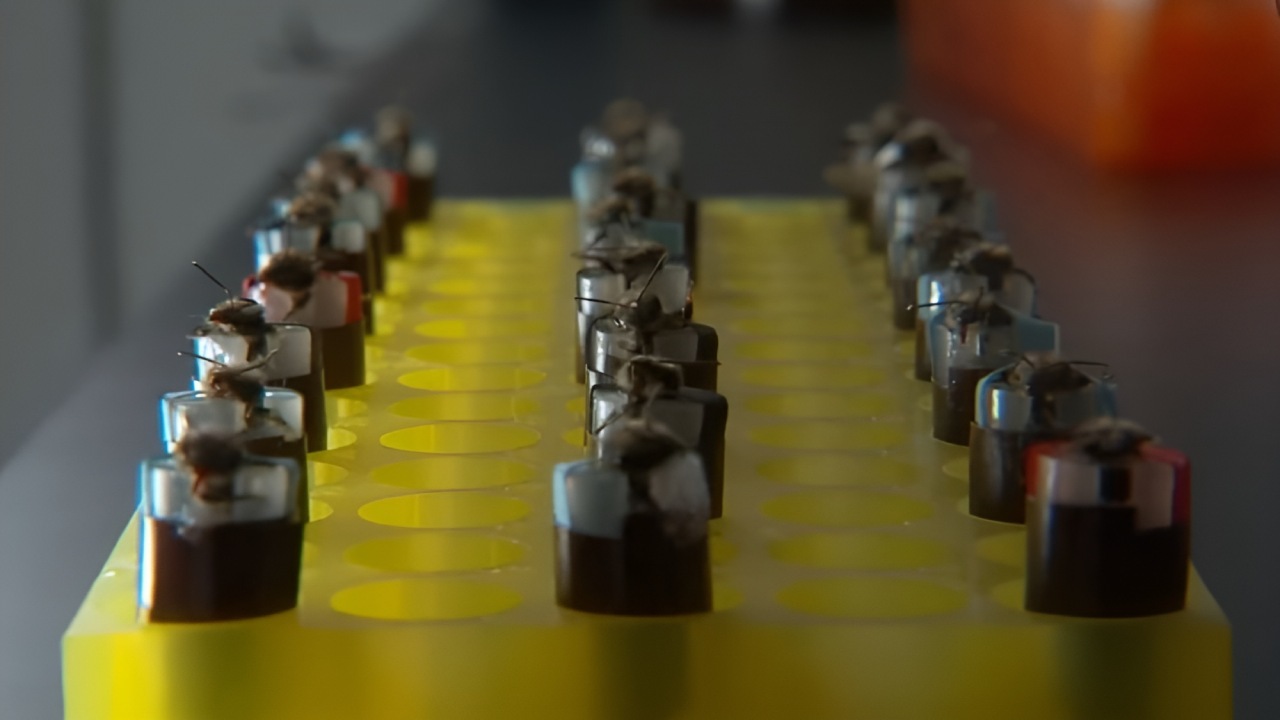
Although bees are sensitive to explosive odors, only they are They can identify specific topics on which they have received training. This limitation means that they are not equipped to detect a wide range of explosives and require separate training to do so.
In summary, the use of honey bees for explosive detection shows that these animals can perform exceptionally well, even on tasks larger than their size. honeybees Can perform the desired tasks after a successful training process and at this point it may contribute more than expected.
However, the question is how appropriate it is to use bees and other animals to detect explosives. These processes can harm animals and lead to cruelty. on this point taking into account both potential and ethical considerations It is of great importance.
Sources: MDPI, Not What You Think, National Library of Medicine
Our other content that may interest you:
Follow Webtekno on Threads and don’t miss the news







